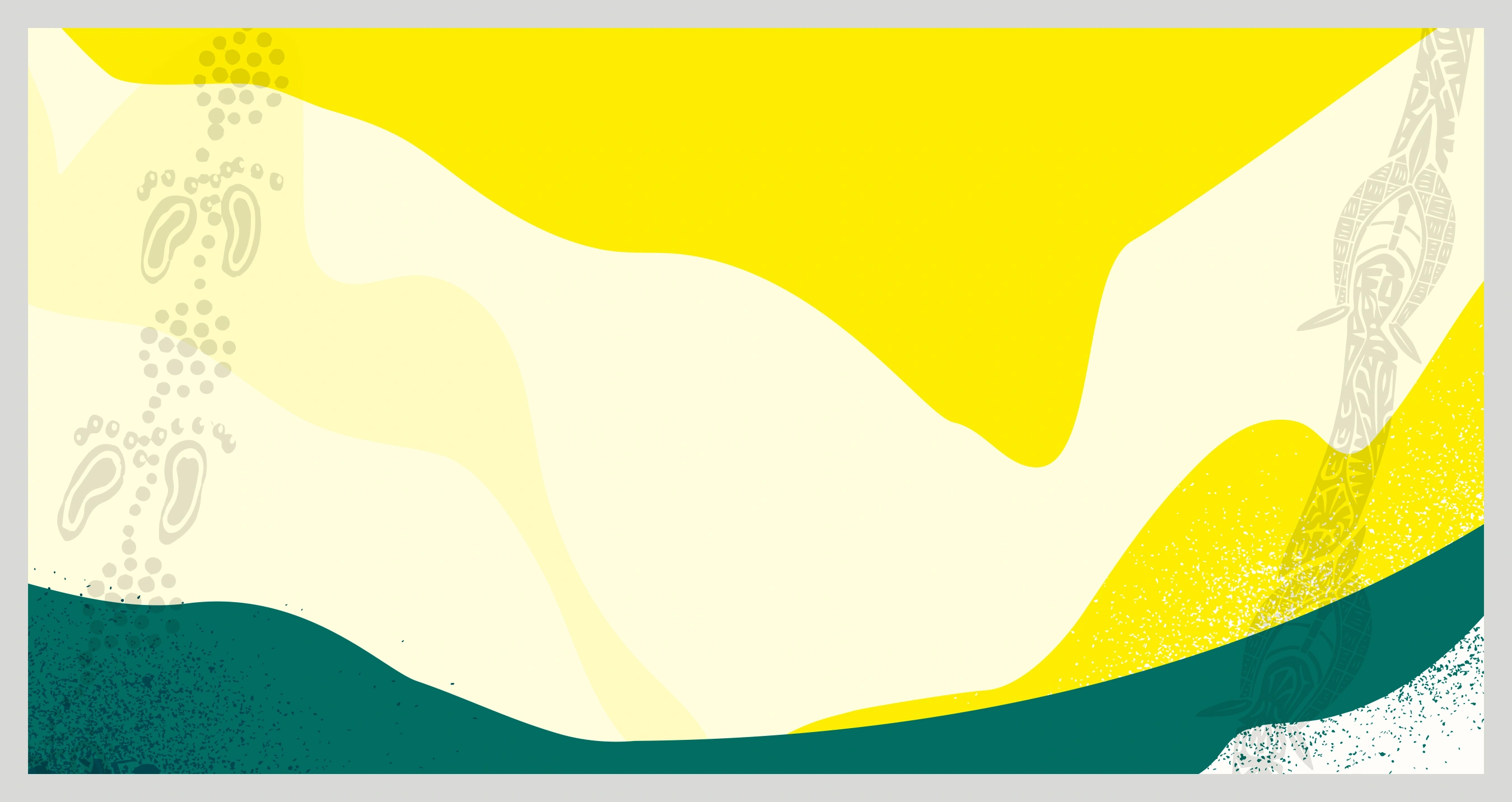On this day at Melbourne 1956, Ronald "Joe" Sweeney’s Olympic wrestling competition lasted just six minutes and five seconds, but it would take nearly 60 years for surfing, the sport he was passionate about, to be included in the Olympics
In January 2016, pioneering Bells Beach surfer, Joe Sweeney passed away. Four months earlier, the International Olympic Committee had shortlisted surfing to be included in the Tokyo 2020 Olympics and confirmed that decision on 3 August 2016.
Sweeney’s Olympic connection started in the ‘50s, competing in the Bantamweight (57kg) division of the Greco-Roman Wrestling tournament at Melbourne 1956, where Sweeney was defeated by Argentina’s Adolfo Díaz in the second match of the competition.

Sweeney was also a talented surfer and the 1954 Victorian champion. Raised in Melbourne, after the Melbourne Games he moved to the Victorian surf coast, building a home at Jan Juc and securing a job teaching physical education at Corio Tech in Geelong. He would also teach woodwork and work as a carpenter.
Sweeney would surf Bells’ famous breaks throughout winter, in a sleeveless footy jumper and Speedos, until he was blue.
Access to Bells Beach was very difficult, through paddocks and along a dirt track on the cliff tops which used to be used by the Cobb and Co horse-drawn coaches. The rough track kept surfers accessing Bells Beach limited to members of the Torquay Surf Life Saving Club.
In 1960, Sweeney obtained permission from the Shire of Barrabool to upgrade the track and extend it further into the Bells Beach area. He hired a local farmer who used his grader to widen and consolidate the track. The work cost thirty-two pounds and Sweeney then asked his surfing mates for one pound each to cover the cost.
In Easter 1961, the first competition was organised – the Bells Beach Easter Rally. By 1974 the rally was included on the World Surfing circuit and it became known as “The Bells Beach Rip Curl Pro”.
In the late 1970’s, the former chippie and woodwork teacher, started crafting the distinctive Rip Curl trophy bell. One recipient, Mark Richards described the care he took transporting it home.
"I hand-carried it pretty much all the way home on the plane. I actually think I sat with it on the plane. I wasn't game to put it up in the overhead locker 'cause I didn't want it to get damaged, so I cradled it all the way home.”

In later life, Sweeney continued to surf, including on Christmas day up until his 81st year.
Sweeney was diagnosed with a rare auto-immune disease, from which he died at 82, two and a half years post-diagnosis, but during this time, news broke that surfing was shortlisted for the Tokyo Games – 64 years after he competed in the Olympics as a wrestler.
At his funeral, 200 surfers stood, shoulder to shoulder, boards planted in the Torquay sand and pointing high in a guard of honour.

He was described as a family man, teacher, surf legend, Olympian, storyteller, pioneer, chippie, craftsman, raconteur, wrestler, boxer, swimming champion, fierce competitor, fire captain, tai chi instructor, founding father, community leader and adventure sportsman.
Sweeney will no doubt continue to be remembered not only for his contribution to laying the foundations of the Bells Beach surfing culture, but for his impact on the wider community.
David Tarbotton

